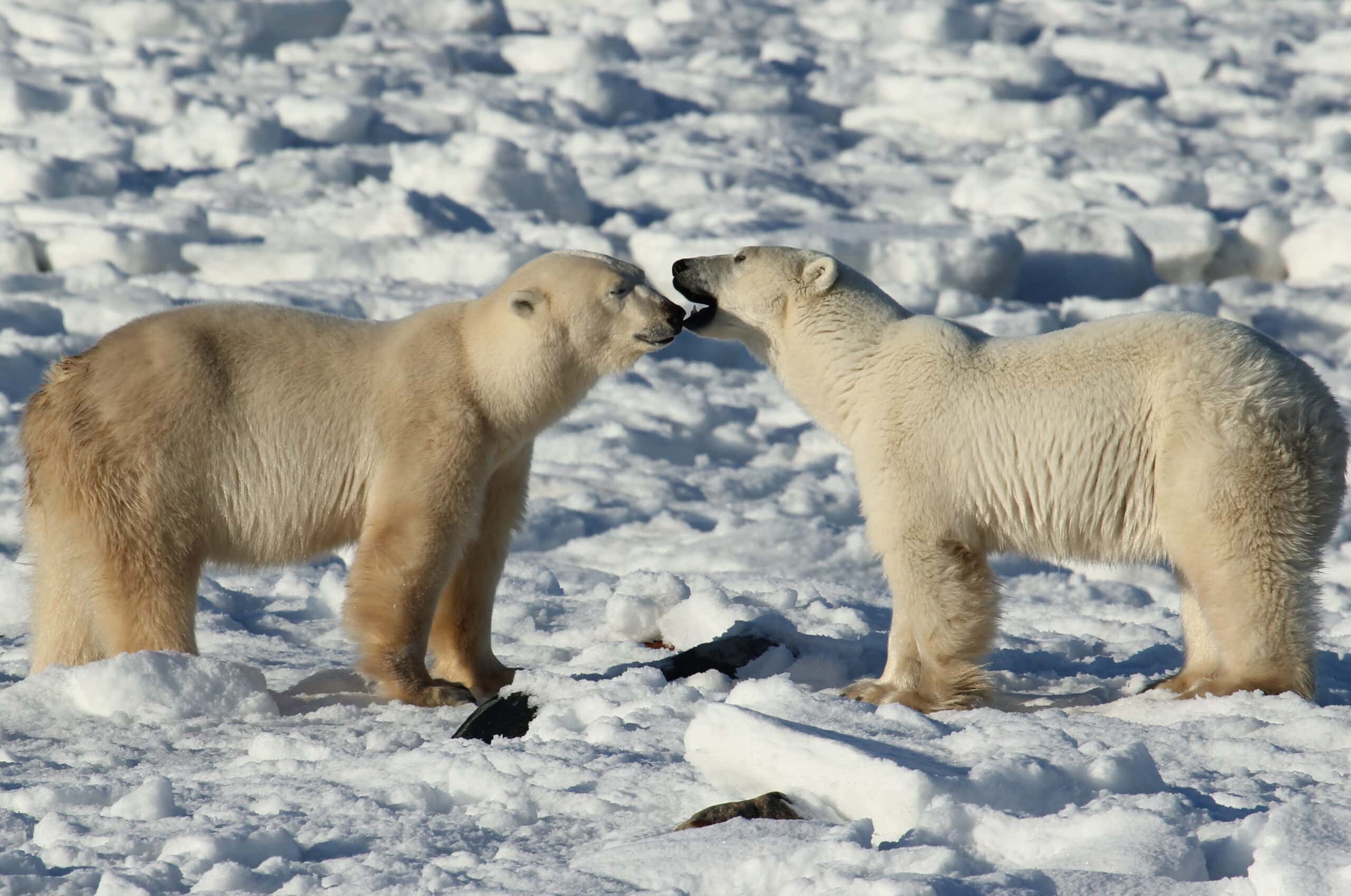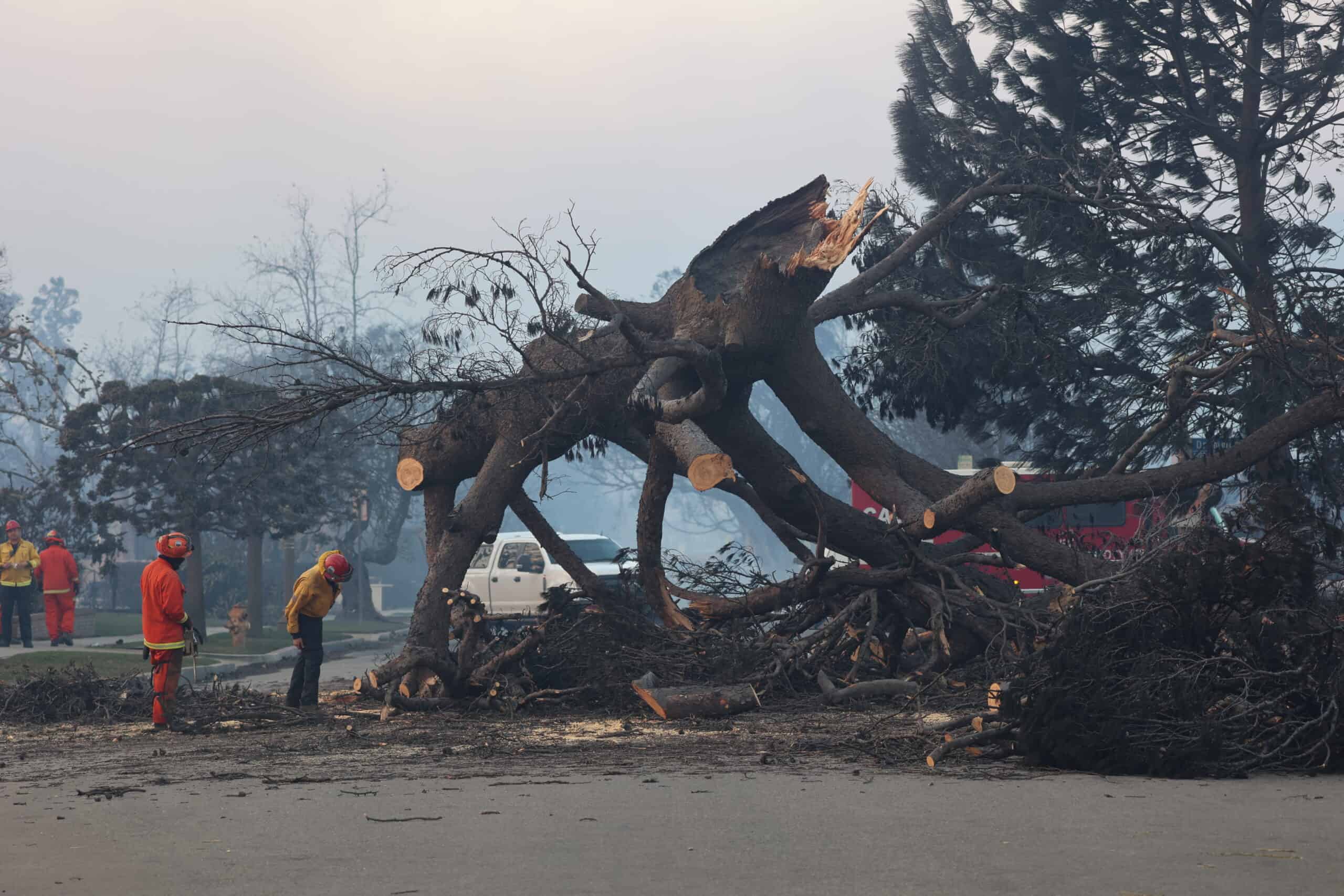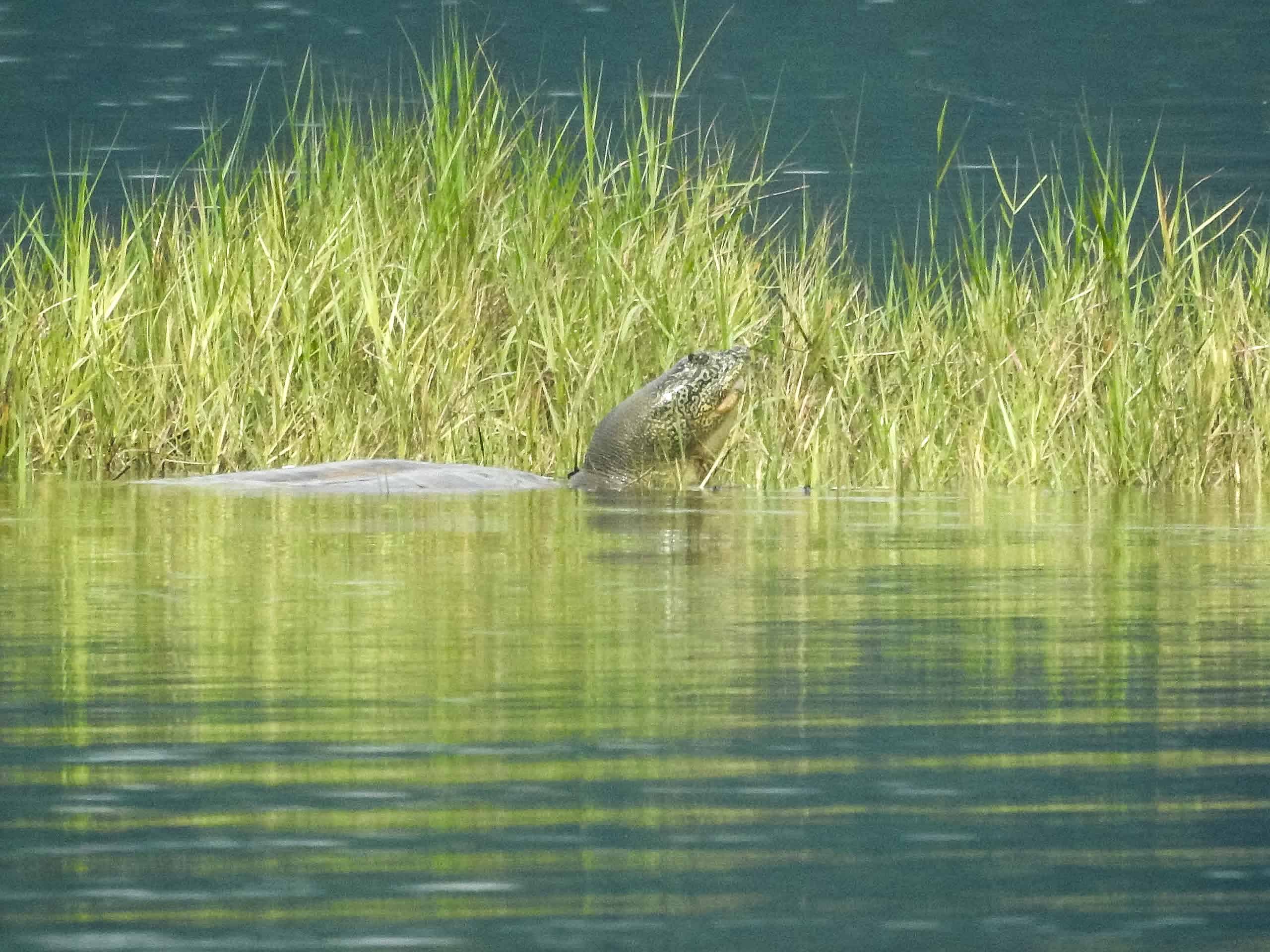Share this article
TWS Issue Statement: Feral Swine in North America
Back to Position Statements page
Introduction and Biology
Feral swine (Sus scrofa) are members of the domestic swine family Suidae, which is native to Europe and Asia, not North America. Feral swine should not be confused with North America’s only native pig-like animal – the collared peccary, or javelina (Pecari tajacu), of the family Tayassuidae. For centuries, though, non-native domestic swine have been propagated and released throughout the continent through accidental escapes from farms, as part of free range farming practices, or to establish feral populations for hunting. These releases occurred most frequently in the southeastern United States. The region between Texas and South Carolina remains the center of feral swine populations in North America. However, in the past decade (2000-2010), the range and abundance of feral swine has increased markedly. In 2010, feral swine are known or suspected to exist in at least 40 states and in parts of Canada and Mexico. Although a reliable estimate of the size of the continental population is not available, recent research indicates it is in the millions of individuals.
Feral swine come from 3 distinct lineages. Some releases of pigs in North America were of pure strain Eurasian wild boar, and a few isolated populations of these animals remain. Most of the populations, though, are descended from domesticated herds. In areas where both previously domesticated pigs and Eurasian wild boar exist, hybridization can and does occur. Regardless of the lineage, all wild pigs in North America are Sus scrofa. As noted above, it is important not to confuse Sus scrofa with the collared peccary (javelina; Pecari tajacu), a native inhabitant of the southwestern United States.
Feral swine are extreme habitat generalists. Whether released or naturally invading, they can survive in most areas of North America, feeding on plants and animals and changing food preference based on availability. They also are one of the most prolific large mammals in North America. In productive habitat, female pigs can begin breeding as juveniles and, while most produce a single litter annually, are physiologically capable of reproducing twice a year. Individual sows may have litters of more than 10, although litter sizes of 3 to 8 are most common. These reproductive traits and a typically low natural mortality rate result in high population growth potential.
Although feral swine are the second most popular large mammal among hunters in North America, next to white-tailed deer, the problems they cause far outweigh any positive benefits they provide. Because of their population size, feeding behaviors, and tendency to exist in groups, feral swine damage agricultural commodities, aquatic systems, forested systems, and native wildlife. In addition, they carry diseases that pose risks to humans, livestock, and other wildlife.
Damage
Feral swine are one the greatest vertebrate modifiers of natural plant communities. Feral swine damage to property, agriculture, and natural resources often occurs as a result of their aggressive rooting (i.e., grubbing, plowing, digging) activities at and below the surface of the soil. In sandy soils, feral swine may root to a depth of 1m but even shallow rooting can cause significant soil erosion. Wallowing activities may reduce water quality and disrupt sensitive wetland ecosystems. Other documented damage includes destruction of livestock fencing, damage to farm equipment in rooted areas, and predation on young livestock, ground nesting birds, amphibians, reptiles, and other wildlife. Economic losses resulting from feral swine damage is estimated at greater than $1 billion per year and is increasing.
Disease
Feral swine are highly mobile disease reservoirs and can carry at least 30 important viral and bacterial diseases, and a minimum of 37 parasites that affect people, pets, livestock, or wildlife. Some of the more important diseases affecting people include leptospirosis, salmonellosis, toxoplasmosis, trichinosis, bovine tuberculosis, brucellosis, and balantidiasis. Recently, there has been growing concern over the role feral swine may play in the establishment of new strains of influenza viruses (e.g., pandemic H1N1 virus).
The potential for disease transmission from feral to commercial swine has serious implications to the U.S. economy. Large, widely distributed populations of feral swine jeopardize ongoing efforts to control a number of livestock diseases and the considerable financial investments that support those efforts. For example, the U.S. commercial swine industry recently achieved pseudorabies-free status after a 17-year effort and the expenditure of approximately $200-250 million.
The role that feral swine could play in spreading and perpetuating exotic diseases is particularly troublesome. For example, foot-and-mouth disease, which was eradicated in the US in 1929, would be essentially impossible to eradicate again if it reemerged in areas with feral swine. This would cripple the US pork industry and would likely have negative impacts on wild species such as black-tailed and white-tailed deer, American bison, and pronghorn. Landowners, outdoor recreationists, and state natural resources agencies also could be impacted by strict quarantines that would prevent access to lands for hunting, wildlife viewing, and other activities. This could have serious economic impacts because wildlife-related recreation in the U.S. is enjoyed by more than 60 million people who spend over $100 billion per year.
Management
Where feral swine are well established, multiple methods of control are needed to reduce feral swine numbers to manageable levels. The greatest threat that hogs impose is in areas where their presence is a relatively new phenomenon. These new populations are often the results of illegal releases of hogs from other states for the purpose of increasing hunting opportunities. Emphasis should be on control and/or eradication and stopping illegal releases in these states with newer populations that may not be permanently established yet. In these areas, eradication is, and should be, the goal.
The most widely accepted methods for control and eradication include trapping, snaring, shooting, use of trained dogs, and aerial gunning. Research indicates feral swine populations must be reduced by 70 percent each year simply to keep up with reproduction. In the absence of control efforts, a local population can triple in a single year. It is also possible that at levels of control most commonly observed, the reproductive potential of the residual population is stimulated because of density dependent factors, necessitating the use of an array of control methods. Although hunting is important for controlling feral hogs, hunting alone cannot eradicate feral hog populations. In fact, hunting of feral swine may stimulate interest in maintaining established populations and creating new populations for hunting.
Because numerous methods are essential to control feral swine, approaches beyond those most commonly used must also be explored. Depending on the location, a key strategy might include curtailing the use of consistently available supplemental food sources for wildlife and livestock, which may effectively sustain a population and hinder control efforts. While no chemical toxicant is registered for use on wild pigs in the U.S., research is underway to identify species-specific toxicants or delivery systems that minimize non-target poisonings and other environmental harm.
Agencies with responsibility for feral swine include state/provincial Departments of Agriculture, Fish and Game, and Natural Resources, and federal agencies such as the U.S. Department of Agriculture/APHIS/Wildlife Services. Some governments manage them as a game species while others have little or no regulations concerning their control and eradication. These varying laws and classifications of feral swine complicate control and eradication efforts, especially for cross jurisdiction populations.
The control and eradication of feral swine is costly to state/provincial and federal agencies, placing a burden on budgets and taxpayer dollars. For example, feral swine are well established in Texas, where Texas A&M University estimates feral swine damages result in a cost to agriculture that exceeds $51 million annually.
For successful feral swine eradication and control, management must be integrated across land ownerships and jurisdictions. Existing laws and regulations have been insufficient to deter illegal introduction of swine into wild habitats for the purpose of creating free-roaming feral swine populations. Delay in implementation of serious control efforts will result in the need for increased effort at higher cost and/or more years needed to achieve evermore elusive goals while significant ecological impacts continue to increase.
The policy of The Wildlife Society regarding feral swine is to:
- Promote the maintenance of biological diversity and ecosystem integrity and oppose the modification and degradation of natural systems by feral swine.
- Encourage state and provincial agencies to eradicate feral swine wherever feasible.
- Support feral swine damage management actions that are cost effective and demonstrate results.
- Encourage research by public and private agencies and organizations on methods to control, reduce, or eliminate feral swine and their impacts.
- Support programs to monitor diseases in feral swine and their impact on humans, domestic livestock, pets, and wildlife.
- Encourage the collaboration of state, provincial, and federal agricultural and natural resources agencies, private landowners, and organizations to develop and support educational programs and materials that discuss the agricultural, ecological, and social damages caused by feral swine.
- Encourage the passing and enforcement of effective new laws and regulations at the state, provincial, and federal level that would help reduce and combat the spread of feral swine and eliminate feral swine on state, provincial, federal, and private lands.
- Encourage state, provincial, and federal agencies to share technical data on feral swine such as maps of local populations and other information for management purposes.
- Encourage the Association of Fish and Wildlife Agencies to provide leadership and consistent direction on feral swine issues including increased collaboration among all regulatory agencies and other organizations involved with feral swine management.
- Support the establishment of a lead agency within each state or province to assume responsibility for feral swine management.
The Wildlife Society’s Position Statement on Invasive and Feral Species states that the Society opposes “introduction or maintenance of invasive species and feral species that threaten the survival of indigenous species” (TWS 2021).








